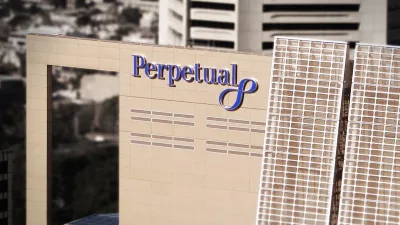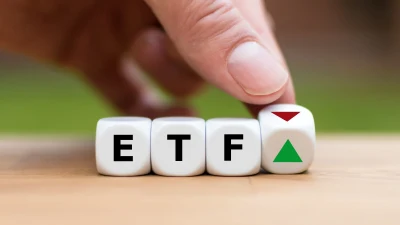Lower-risk funds outperforming ASX 200



Money Management, using FE Analytics, has looked at the funds in the ACS Equity – Australia sector that have outperformed the ASX 200 and maintained a lower FE Risk Score, which determines risk as a measure of volatility relative to the index.
Over the three years to last year end, the five best-performing funds have maintained a risk score of between 90 and 97, as opposed to the index which has a risk score of 100, and outperformed the index by over four per cent.
The SGH Australia Plus fund returned 19.56 per cent for the period and maintained a FE Risk score of 90, making it the lowest-risk, highest-performing fund in the Australian equities sector.
Also maintaining a risk score beneath the ASX 200 was Macquarie Australian Shares and Active Plus Equities funds with returns of 18.86 per cent and 16.37 per cent, respectively.
The Macquarie Wholesale Australian Equities fund also maintained an FE risk score of 97 with 15.12 per cent returns, while the Macquarie Australian Equities fund had a risk score of 96 and returns of 14.86 per cent.
The table below shows the performance of the top ten highest-performing funds over the three years to last year end with a risk score of below 100.
|
Name |
FE Risk Score |
3 year Cumulative Performance to Last Year End Annualised |
|
SGH Australia Plus ATR in AU |
90 |
19.56 |
|
Macquarie Australian Shares ATR in AU |
97 |
18.86 |
|
Macquarie Active Plus Equities ATR in AU |
97 |
16.37 |
|
Macquarie Wholesale Australian Equities ATR in AU |
97 |
15.12 |
|
Macquarie Australian Equities ATR in AU |
96 |
14.86 |
|
Wisdom Australian Equities ATR in AU |
90 |
13.93 |
|
Legg Mason Martin Currie Real Income ATR in AU |
100 |
13.62 |
|
Perpetual Pure Value Share ATR in AU |
89 |
13.31 |
|
SGH 20 ATR in AU |
94 |
13.28 |
|
CI Brunswick ATR in AU |
75 |
13.13 |
For the year to last year end, the Katana Australian Equity fund held the lowest FE risk score whilst still outperforming the index. It returned 16.87 per cent as opposed to the index’s returns of 11.80 per cent and held a risk score of 68.
CI Brunswick had the second-lowest risk sore at 75 and returned 17.23 per cent, also well above the index.
Of the top ten low-risk funds, the highest performer was the Ganes Focused Value fund with returns of 19.59 per cent and a risk score of 85, followed by BetaShares’ Australian Ex-20 Portfolio Diversifier, which returned 19.27 per cent and had a risk score of 89.
The table below shows the performance of the top ten lowest-risk funds over the year to last year end.
|
Name |
FE Risk Score |
1 year Cumulative Performance to Last Year End Annualised |
|
Katana Australian Equity ATR in AU |
68 |
16.87 |
|
CI Brunswick ATR in AU |
75 |
17.23 |
|
Third Link Growth ATR in AU |
80 |
15.45 |
|
Perpetual Implemented Australian Share Portfolio ATR in AU |
80 |
12.24 |
|
AllianceBernstein Managed Volatility Equities ATR in AU |
84 |
14.33 |
|
Ganes Focused Value ATR in AU |
85 |
19.59 |
|
CFS Colonial First State Wholesale Equity Income ATR in AU |
85 |
12.64 |
|
Alpha Australian Blue Chip ATR in AU |
87 |
14.98 |
|
Touchstone Index Unaware ATR in AU |
88 |
13.11 |
|
BetaShares Australian Ex-20 Portfolio Diversifier ETF ATR in AU |
89 |
19.27 |
Recommended for you
Despite ASIC concerns about private credit funds being accessed via the advised channel, there are questions regarding how high its usage actually is among financial advisers.
Challenger has looked to the superannuation industry for its appointment of a group chief investment officer, a newly-created role.
Perpetual has confirmed it has entered into an exclusivity agreement with a US private equity firm to progress discussions regarding the sale of its wealth management division.
Paradice Investment Management has become the latest fund manager to launch an active ETF version of its managed fund, placing greater emphasis on retail distribution.











